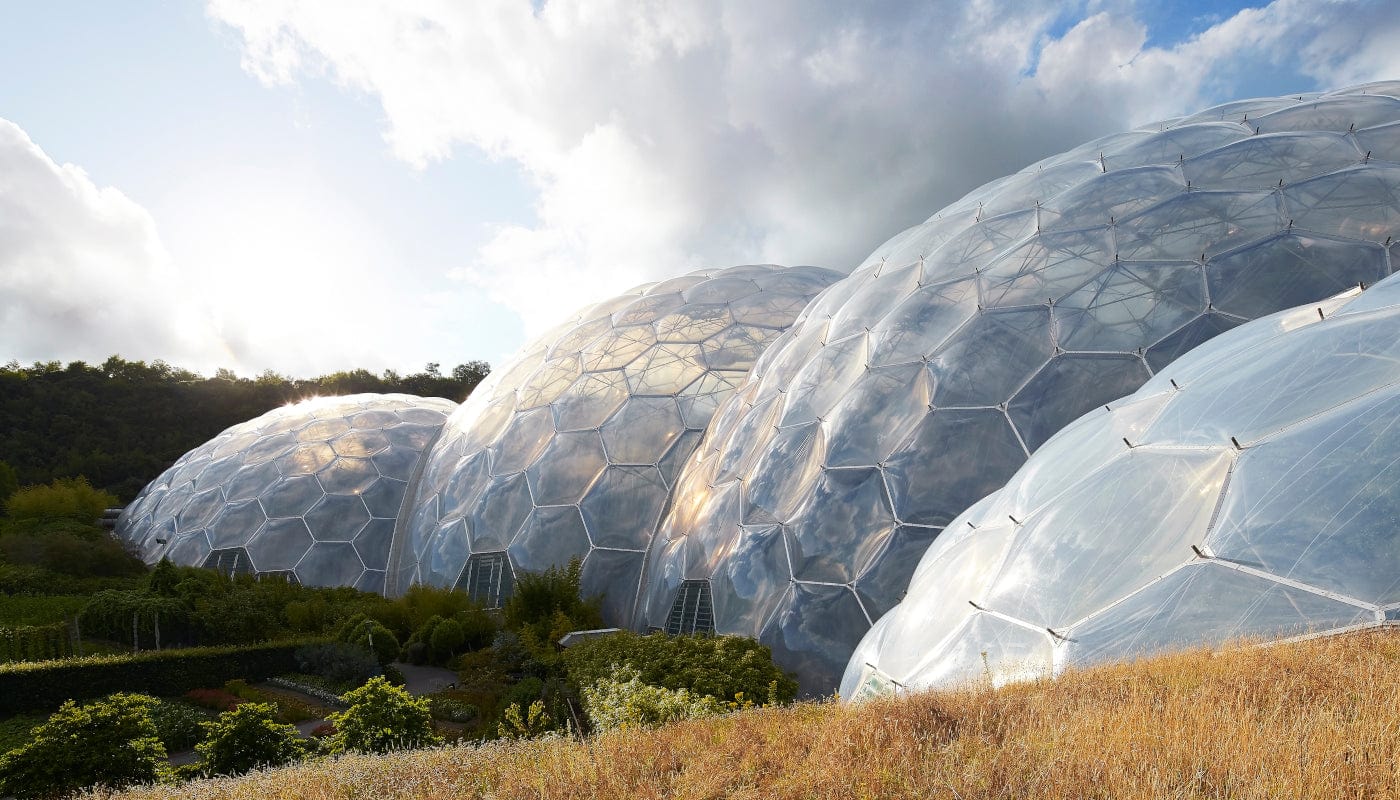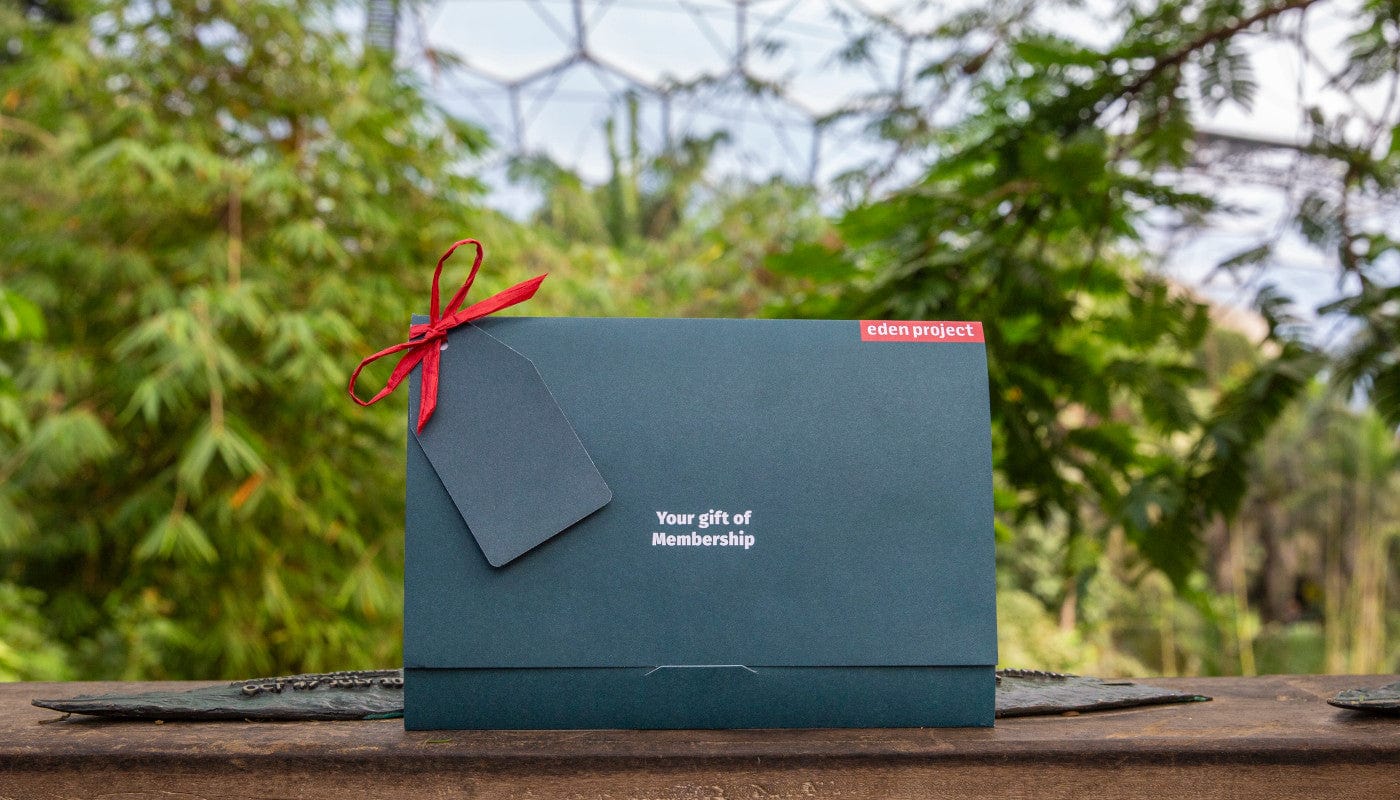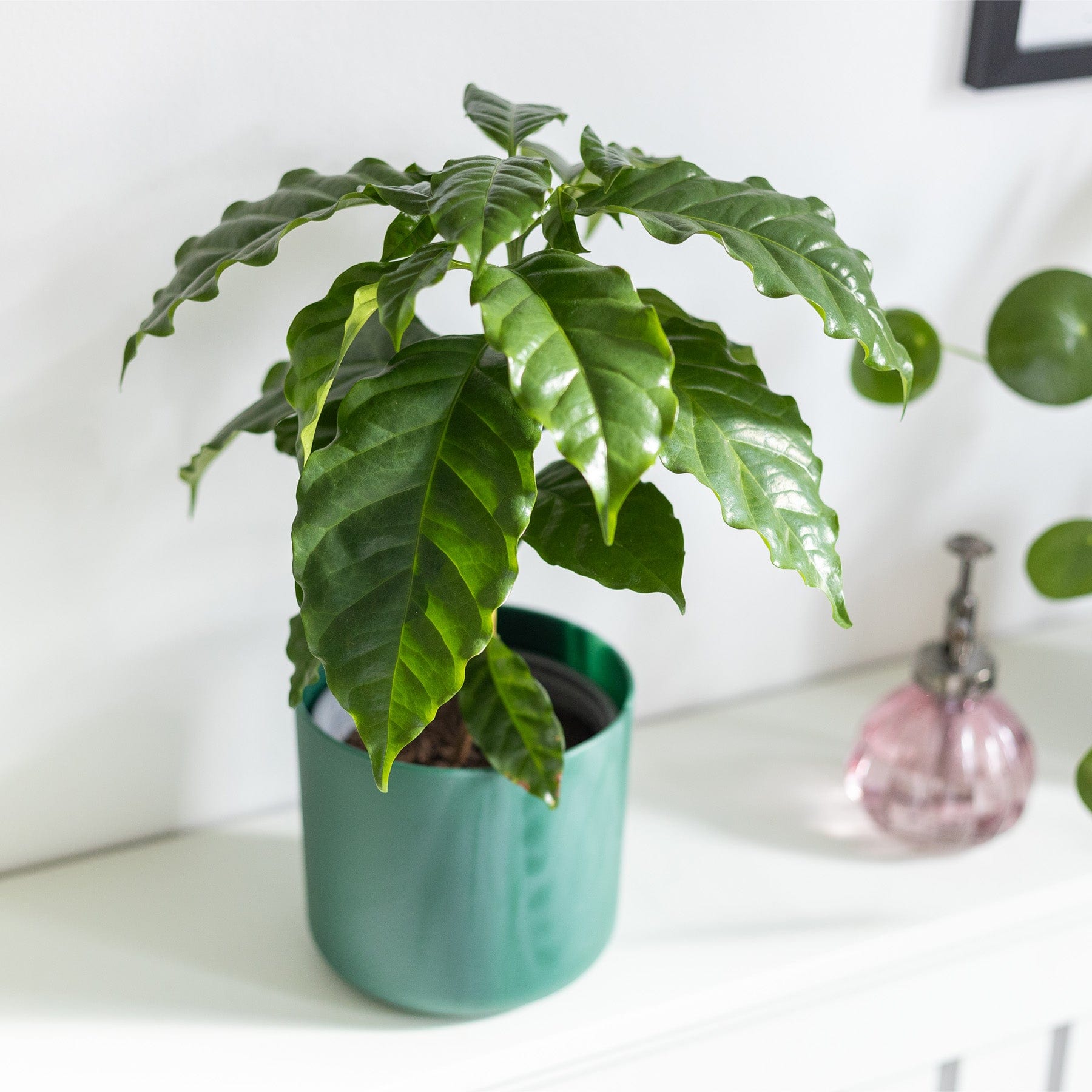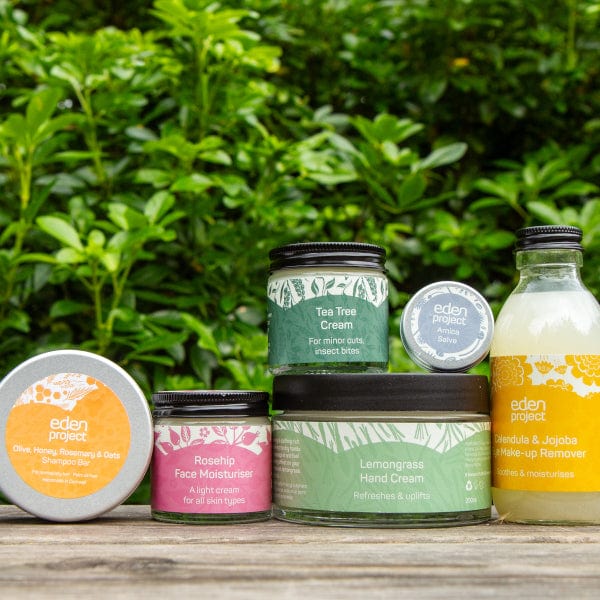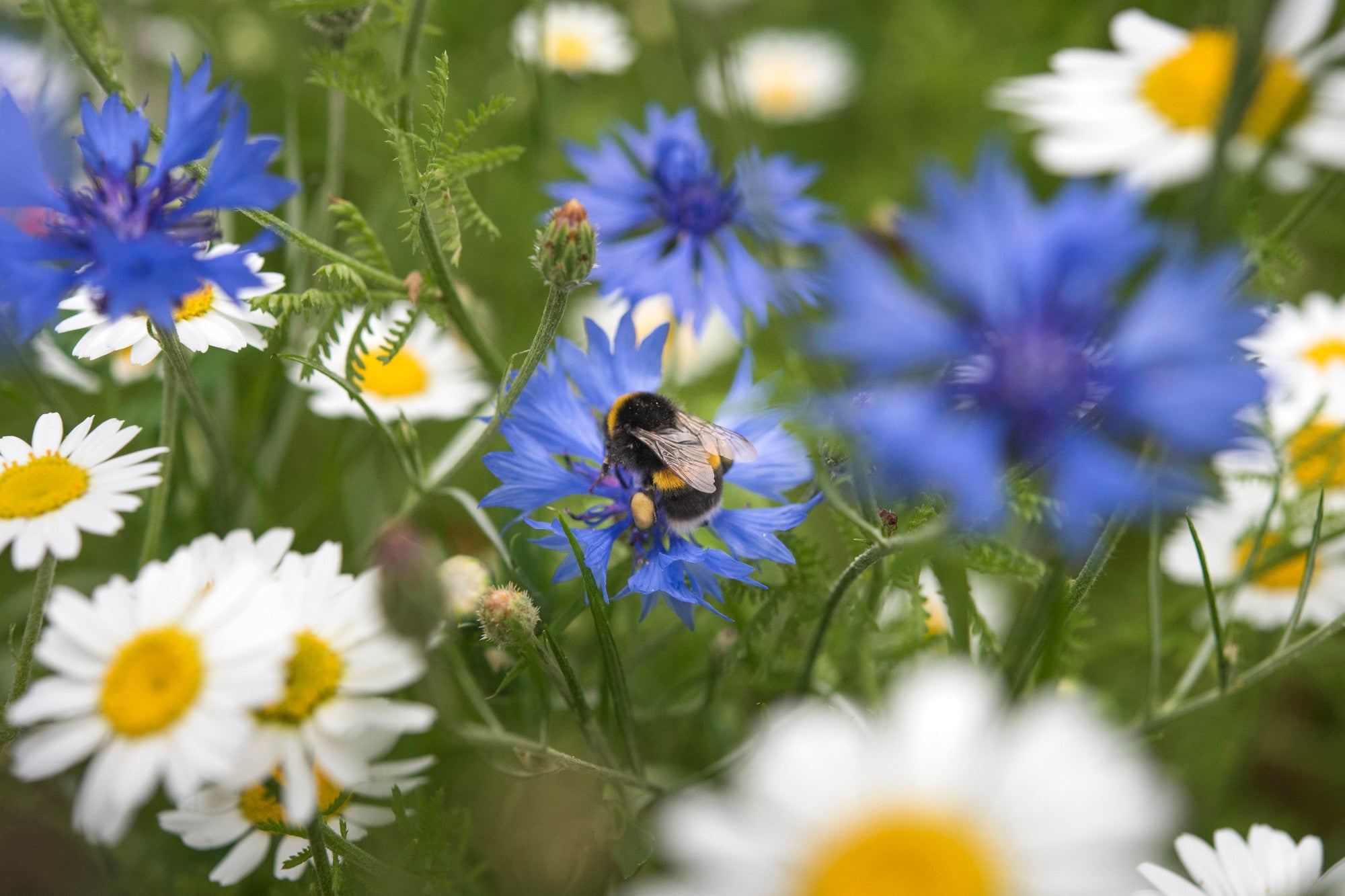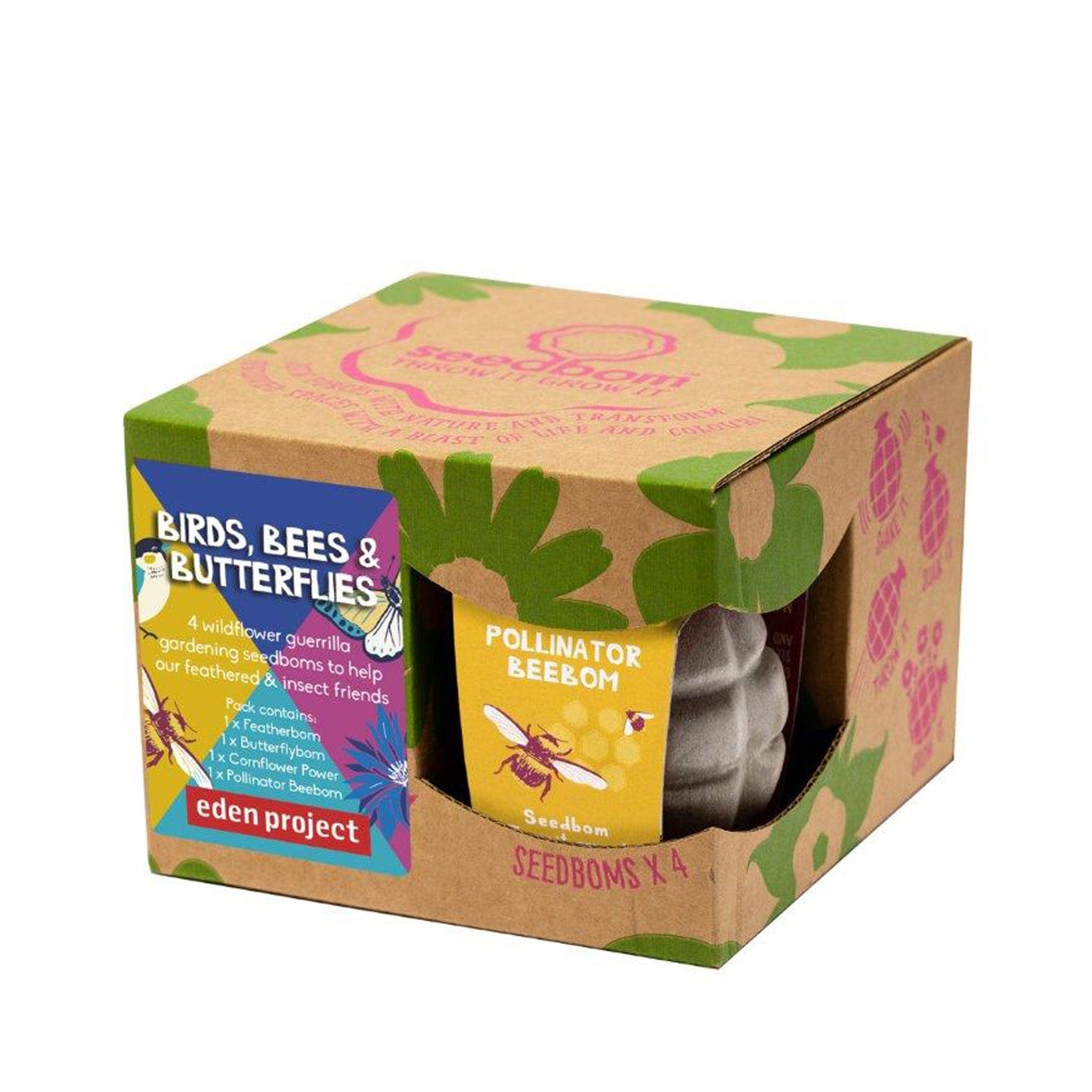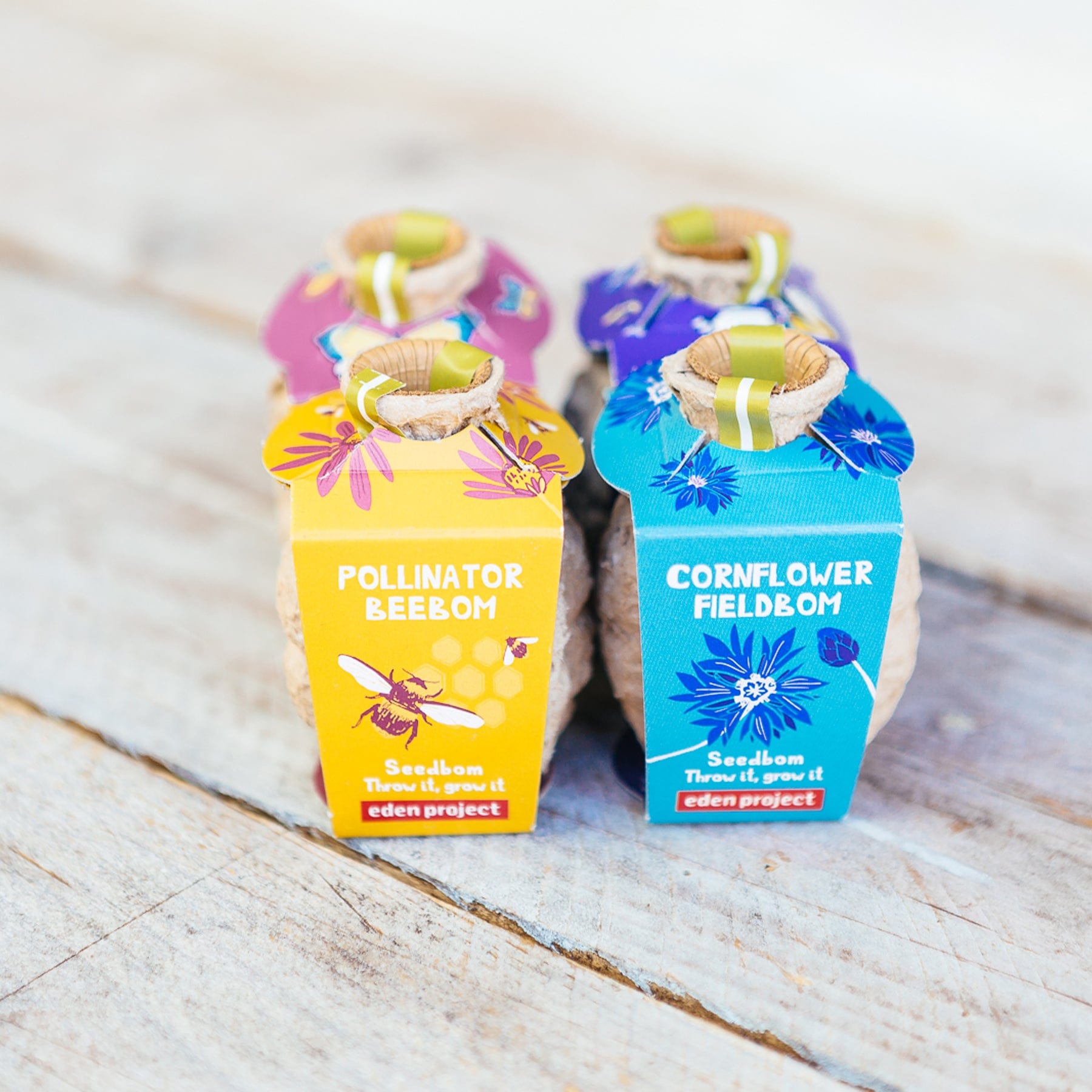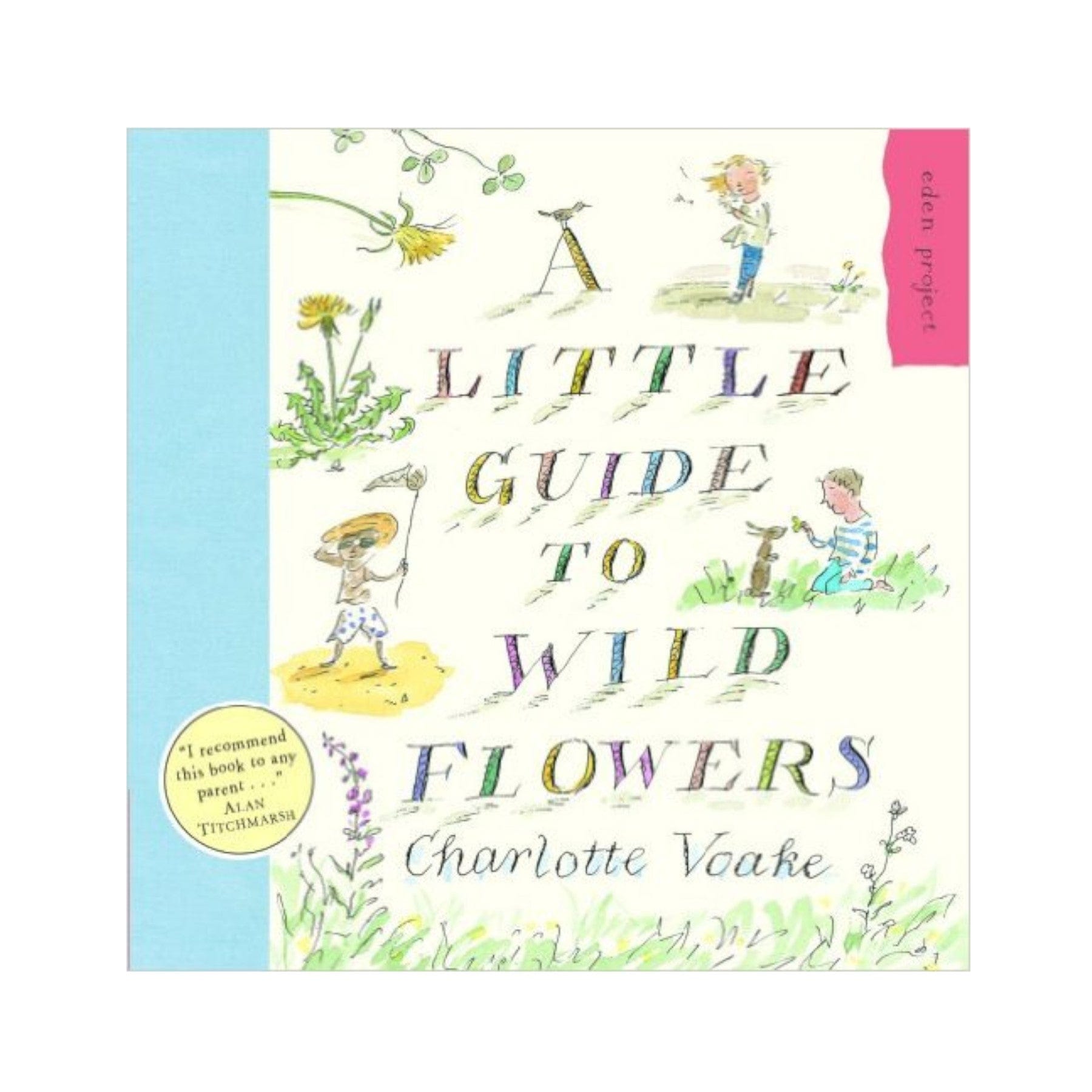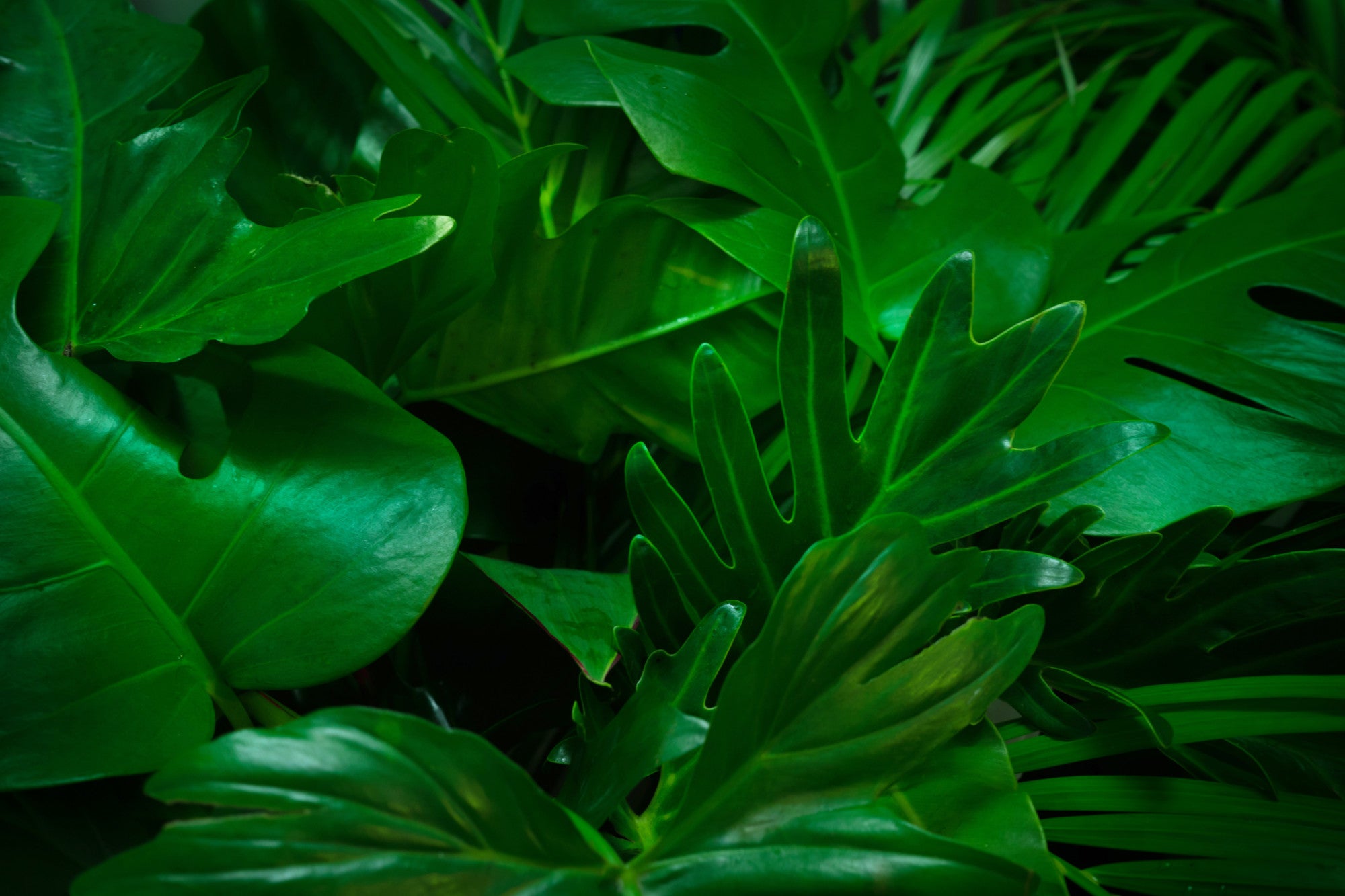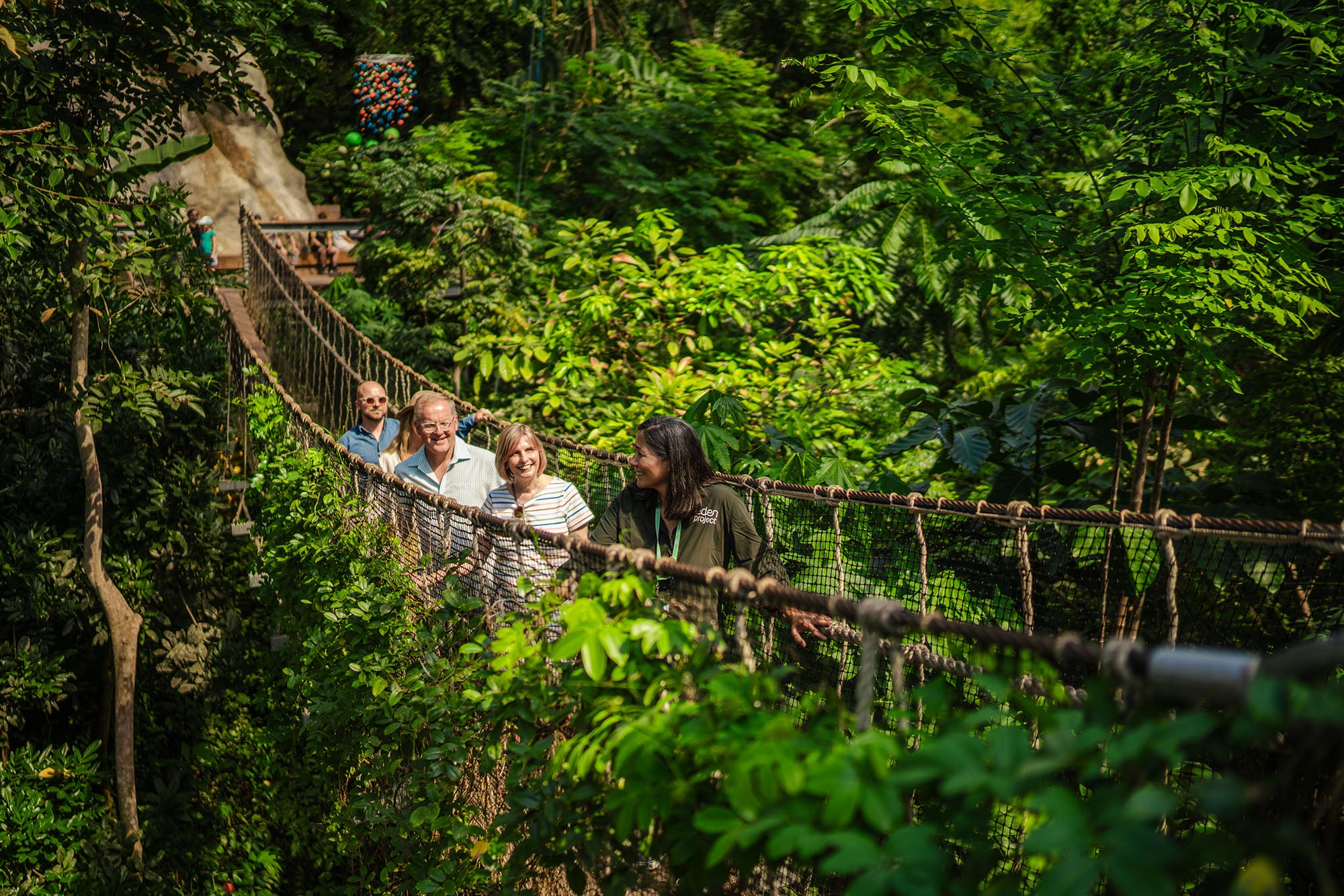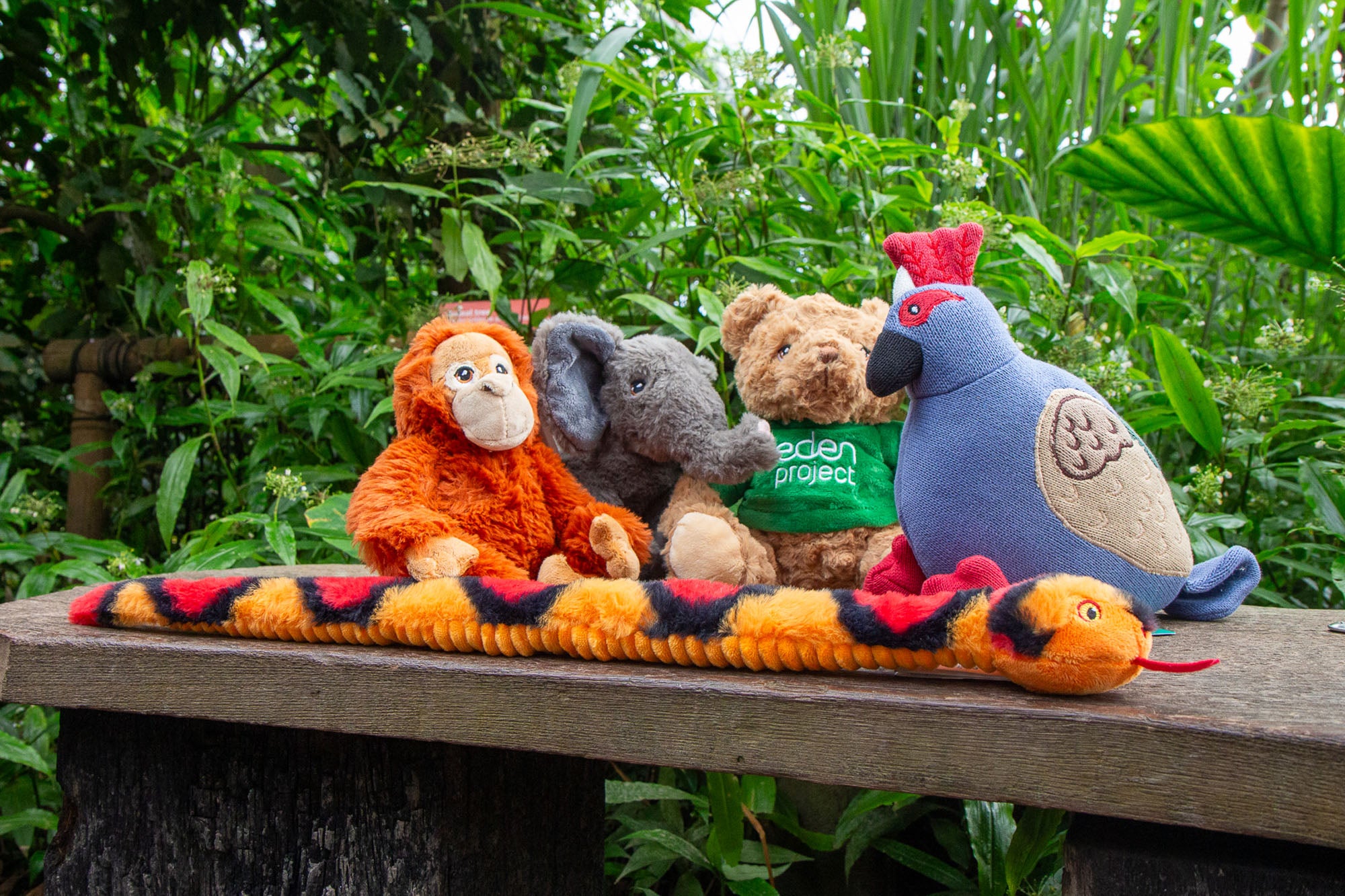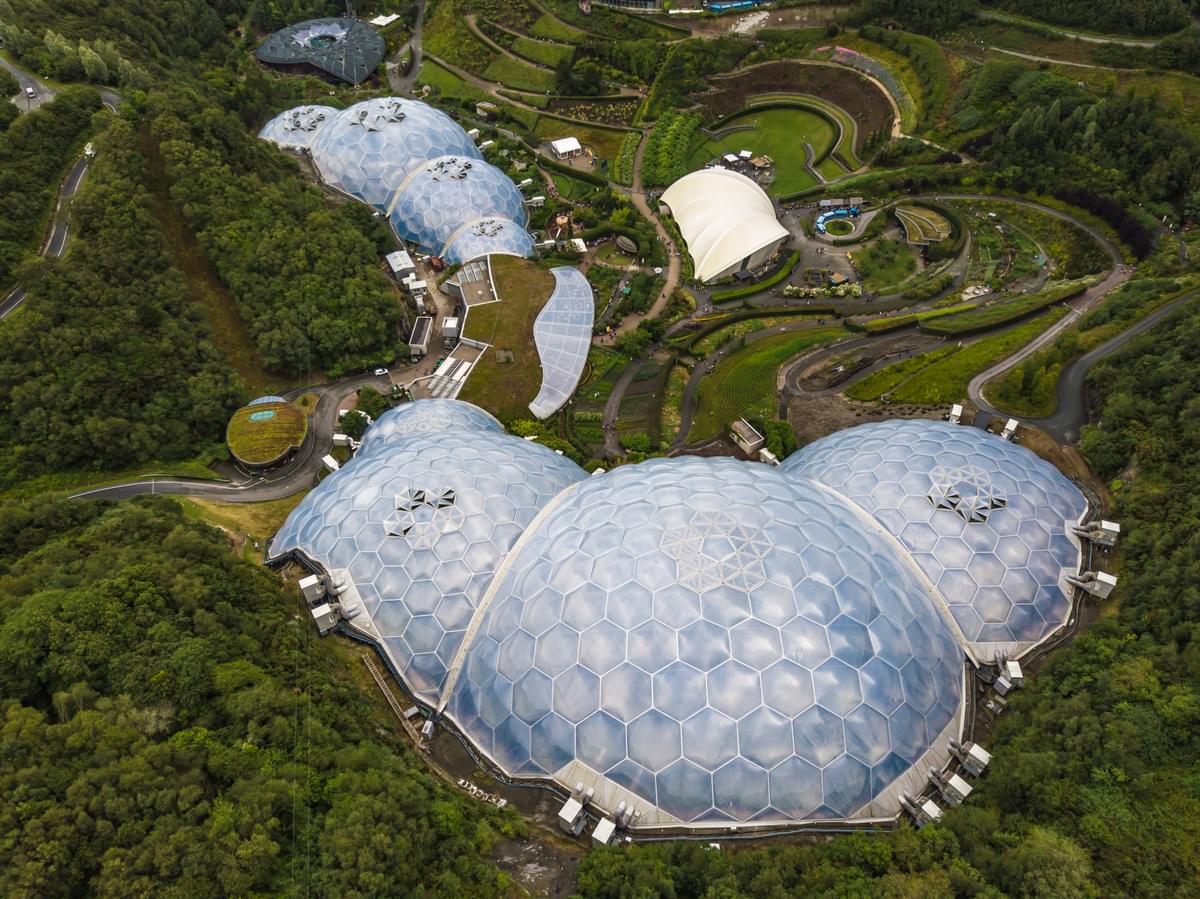Eco-friendly gardening tips: How to grow your own wildflower meadow
Wildflowers are not only beautiful, they are also a great way to positively impact the planet by promoting biodiversity in your area. Even the smallest patch of wildflowers can provide homes and food for wildlife including important pollinators, bees, butterflies, beetles, flies and many more. Once planted, wildflowers require very little care or intervention, meaning you can enjoy these beautiful blooms without lots of maintenance.
If you’re looking to enhance your garden with wildflowers, we’re here to offer the best gardening tips and knowledge you need to decide which ones to plant and the best ways to do so to ensure a successful wildflower patch.

What are the easiest wildflowers to grow?
There are two main types of wildflower seed mixes that you can grow: annual and perennial. It’s important to note that some wildflower seed mixes may combine both annuals and perennials, so always be prepared to see some differences in the seeds you sow.
- Annual wildflowers - These are usually a colourful mix of flowers that grow quickly, flowering in just a few months after sowing, and completing their full life cycle within one year. After flowering they will scatter their seeds and the plant will die. The fallen seeds will hopefully grow into new plants in the next year, however, additional seeds may be needed for a fuller lawn.
- Perennial wildflowers - These flowers take longer to grow - most take at least two years to flower from seed but will then continue to flower for years. It’s important to choose a perennial seed mix that’s suited to the area and soil type you are planting in as some flowers such as clovers and lady’s smock prefer fertile soil, whereas others such as ox-eye daisies will grow in any soil.
Some of the easiest wildflowers to grow in the UK are annual wildflowers such as cornflower, corn marigold, corn chamomile, corncockle and poppy. Annual seed mixes produce vibrant, colourful blooms to your landscape that will be sown, germinate, grow, flower and die all in one season. These flowers are easy to sow and require minimum effort or maintenance, making them perfect for those who want to create a beautiful, biodiverse garden without upkeep.
Different types of wildflower
- Poppy
Native poppy flowers such as corn poppy bring life to any landscape with their scarlet red colour. They can be sown in March-May or September-October and will reach full bloom in May-July or July-September. To ensure successful growth, sow them shallow in the soil and in an area that gets full sunlight for best results.
- Cornflower
When in bloom, cornflowers boast a stunning purple/blue colour and look amazing in gardens and meadows. Ideally, they should be sown in March-May, however, you can sow them up until mid-July depending on the weather. For best results, sow cornflower seeds early and in full sunlight, they will then flower between June and September.
- Corn marigold
Marigolds make a great addition to any flower bed or garden. Producing a vibrant yellow colour to brighten up your space, Marigolds are best sown in March-May or September-October and will flower between June-September. These flowers are fast-growing and will do best in free-draining soil.
- Chamomile
Chamomile is one of the most popular wildflowers to grow as it has many uses. This species is not only a beautiful flower to look at, but the German and Roman chamomile varieties (only) can also be used in food or to make a calming tea. These flowers do well in most soil types with plenty of sunlight and are best sown in March-May and will flower between June-August.
- Corncockle
Corncockle is a delicate purple flower with attractive grey-green foliage and is a fantastic flower to grow for beginners. It grows well in all soil types and looks great in all settings. They should be sown in March-May, to then flower in June-September.
How to choose wildflower seeds
When deciding which wildflowers to grow, it’s important that you choose seeds that are native to, or have been naturalised for a very long time in, your country. This is important for preserving biodiversity going forward, as each new wildflower meadow will become part of the living landscape, intrinsically connected to pollinators, birds, fungi, microbes and all other living beings. Without native plants, or invasive non-natives, wildlife can struggle and the wider ecosystem can be negatively impacted. Below are several wildflower seed options that include species native to the UK, to ensure you are planting the right flowers for your area.
 |
 |
| Wildlife garden seed kit |
The Wildlife Garden Seed Kit contains native plant species to the UK designed to attract wildlife to your garden. This beautifully designed wildflower seed kit contains everything you need to start growing wonderful flowering plants including cornflower, globe thistle and wild foxglove. Featuring biodegradable pots, plant markers, seed packets and compost, with a helpful illustrated grow guide, this kit is perfect for beginners to gardening.
These wildflower seedboms are a simple way to add colour and wildlife to your outdoor space. Fun for the whole family, these compact boms only need three simple steps to grow: soak it, throw it and grow it! Once soaked in water, find an area of neglected land in your garden to drop your seedbom into and watch the beautiful flowers grow.
Handmade in the UK using recycled and biodegradable materials, each bom contains wildflower seeds that attract various wildlife such as the Pollinator Beebom which contains a bee-friendly mix of nectar-rich wildflowers favoured by bumble bees and honey bees. The Featherbom includes a mix of wildflowers that produce seeds and grains after blooming that can feed birds during the colder months.

How do you create a wildflower lawn?
It can take several years for a lawn to naturally bloom into a perfectly balanced mix of grass and wildflowers as the soil fertility needs to be reduced gradually over time, however, you can transform your existing lawn into a wildflower meadow quickly with the right mix of seeds and the correct soil condition. Below we will outline an easy step-by-step guide to growing your own wildflower meadow.
- Mow the lawn
If you want to start your own wildflower lawn from scratch it’s important to note that wildflowers will rarely grow successfully when sown directly into existing grass. Therefore you must ensure that your lawn is freshly mowed before sowing, making sure the ground is bare and weed-free so that seedlings don’t have to compete with the dense grass.
However, if you want wildflowers to grow naturally on your existing lawn, the key is to stop mowing the grass. The best way to do this is to adopt a two-cut approach to your lawn, mow once in autumn and then once again in spring, ensuring you remove all of the cut grass, this will lower the soil fertility and give wildflowers a chance to push through.
- Prepare the seedbed
The most important factor for encouraging wildflowers to grow is to prepare the ground for your seeds. This includes removing any grasses, weeds or other plants in the area and breaking up the soil, as this is the best way to discourage vigorous grasses from dominating the lawn, giving your wildflowers the less fertile soil they need to thrive. Ideally, ground preparation should be done a couple of months before sowing to make sure the work has been effective.
- Sow your seeds
Pure wildflower seed mixtures, whether annual or perennial, need to be sown at 3 g per square metre, and wildflower seed mixtures that contain both annual and perennial, should be sown at 5 g per square metre. The best way to do this is to mix the seeds with a carrier, such as dry sand as this will help spread the seed evenly. After you have spread the seed, make sure to gently rake the soil then compact it by treading the seeds in, to ensure they are firmly planted.
In the critical weeks following sowing, you must make sure the soil is watered thoroughly so that the seeds are well-rooted. If it doesn’t rain this should be done by hand, if it does rain, avoid watering as this will make the soil too heavy. The seeds should begin to germinate a few weeks after sowing, however the growth of the different flowers will vary.
- Maintenance
Keeping your wildflower lawn in good condition will ensure that the beautiful blooms complete their full life cycle. Once the season is over, after your plants have finished flowering, go over the area with a strimmer, remove any debris and finish off by mowing the lawn down to approximately 15 cm. This will help keep the ground in the perfect condition to regrow wildflowers next season.
When should I plant wildflower seeds?
The best time to sow wildflowers is either in the spring or the autumn. Between the months of March and May or August and October are the best times as there are fewer risks of weeds taking over. We suggest avoiding planting seeds in the hot summer months as the soil can be too dry, and avoid sowing in the winter as the soil will be too wet and heavy.
Can you just scatter wildflower seeds on grass?
Technically, you can scatter wildflower seeds on grass and hope that they will grow. However, you must consider the fact that they will be in competition with the already existing flora and fauna in the area, making it difficult for wildflowers to grow successfully or to their full potential. Therefore, if you are looking to create a gorgeous garden filled with wildflowers that will help support the ecosystem, it will be necessary to follow the step-by-step guide above.

What are the benefits of a wildflower lawn?
Growing your own wildflower lawn is the perfect option for those who want a nice outdoor space to admire without intensive and time-consuming gardening routines. Whether you’re looking to brighten up your outdoor space or add to your already bountiful garden, there are many personal and environmental benefits to growing your own wildflowers, including:
- Helps support a thriving ecosystem. Planting wildflowers helps to contribute to overall biodiversity as these stunning flowers attract numerous types of insects including pollinators like bees and butterflies, in turn enhancing the local environment.
- Reduces your carbon footprint. By planting and picking your own, you can avoid buying flowers that have been flown in from across the world. This is an environmental bonus as it helps reduce emissions from the transportation of flowers from other areas.
- Low maintenance. The whole point of wildflowers is that they’re wild. They can be left to do their thing- creating stunning, natural blooms for you to enjoy without any pruning or intervention. They are quick and easy to grow and require very little maintenance, meaning you can get a gorgeous garden that needs little attention and work.
- Reduce the use of chemical fertilisers. One of the major benefits of wildflowers is that they require very little nutrient input and poor soil. A lot of other plants and flowers you can grow at home typically require fertilisers and pesticides that contain chemicals that can be harmful to wildlife, however, with wildflowers, you don’t need to use any artificial chemicals at all.
Watch your garden flourish with the help of Eden Project Shop
Plant the seeds of positive change and watch your garden bloom with an array of stunning wildflowers while creating a new diverse ecosystem. Browse through our full collection of wildflower seeds today to create your own perfect seed bomb or seed carpet. Alternatively, if you’re feeling inspired and looking to find more ways to improve your garden, browse through our full collection of gardening supplies and accessories.

